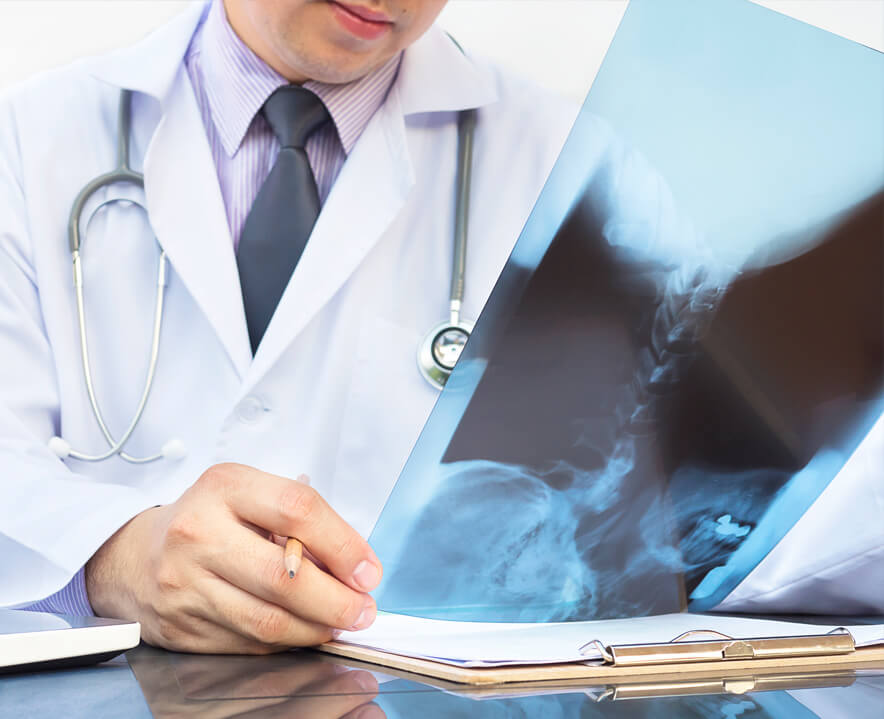Who all needs Arthroscopic
Knee Surgery?
Arthroscopic knee surgery is recommended when one suffers from unbearable pain and stiffness in
the joint. Knee arthroscopy is the most common and useful technique used to treat the problem.
Arthroscopic knee surgery is performed when treatments like medication and physical therapy fail
to treat the problem.
Arthroscopy also deals with problems such as:
- Swollen synovium
- Torn meniscus
- Out of position patella
- Removal of baker’s cyst
- Fractured knee bones
Procedure of knee arthroscopy
The patient is recommended to not eat anything long before the procedure begins which also
includes any type of medicines. If the patient is consuming any kind of supplements or over the
counter medicines they are advised to tell the doctors weeks before the surgery.
At first, the doctors will give you anaesthesia which may be:
-
Local anaesthesia which will only numb knees
- Regional anaesthesia which will numb waist down
- General anaesthesia which will put you on sleep
Few small incisions are made at first and then the sterile saltwater or saline helps to expand
the knees, making it easier for the doctor to see through it. Right after the incision, the
arthroscope is supposed to enter. Doctors can see the images produced on the monitor screen.
After the surgery, saline drains out from the joint and then the surgeon closes the cut with
stitches.
Risks included in
Arthroscopic Knee Surgery
Though any serious complication is very much uncommon and rare, still there may be few risks such
as:-
- There may be some breathing difficulties due to anaesthesia
- Formation of a blot clot can happen in the leg
- Stiffness in the knee
- Infections inside the joint
- Reaction to any anaesthesia or any other medication
- Damage of the blood vessel, ligaments or the nerves
Recovery after the surgery
Recovery from arthroscopy is usually faster as the surgery is less invasive. Usually, the
patients leave the hospital on the same day of the surgery.
Some general tips for the patients after the surgery:-
- Resting all-day
- Changing the dressing often
- In case of swelling or pain, the patient may apply an ice pack in the surrounding areas.
- May use crutches in order to avoid putting weight on the knee
Recovery time may vary, yet the patient can resume with all the physical activities 6-7 weeks.
The surgeon might also give some exercise regimen for the patients to follow. These exercises
will help you to restore your strength for your muscles. The exercise will differ from patient
to patient but they are supposed to follow those regimens as exercise is a very crucial part of
the recovery.
